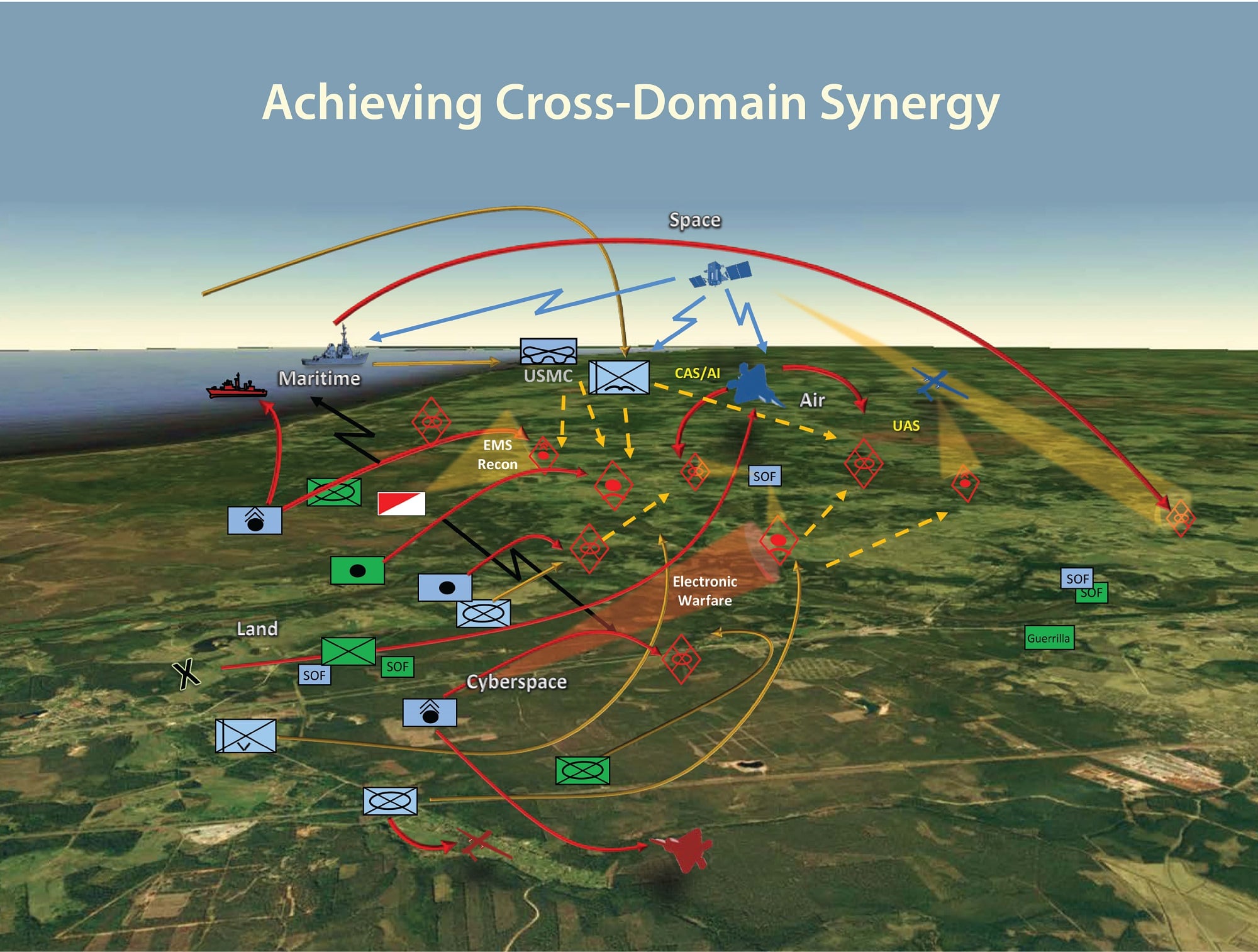The Army finds itself in a strange in-between phase of warfare as it looks to meet and surpass its near-peer competitors while simultaneously emerging from two decades of counterinsurgency and counter terrorism warfare.
The evolving concept to become the doctrine of multi-domain operations is one way they’re trying to get there. But leaders will need to work between the “competition” and “armed conflict” spaces to make it happen.
In a recent post on Training and Doctrine Command’s Mad Scientist blog, Army veteran and former director of TRADOC’s threats directorate Gary Phillips detailed four ways the Army can better prepare itself over the next decade:
1) Prepare Army leaders for an information environment where adversaries will use all of their capability to portray U.S. Army activities in way to diminish prestige and influence. Leaders in this information environment must understand how to shape a narrative that overcomes adversary attempts to make what the service does look negative. Action versus reaction must become the norm for information engagement.
The Army directly and repeatedly interacts with foreign populations. So the opportunity for engaging with positive and negative information is monumental. This can be especially critical during crises.

2) Modernize the Army such that the “Internet of Battle Things” (IOBT) is secure and free from foreign software access points that could corrupt information used by these networked systems. Capability and decision speed increase as the Army increasingly relies on devices that independently share information, harness artificial intelligence and act even semi-autonomously.
But vulnerability also grows as each network node provides a potential attack point. This is critical in a coalition environment where U.S. and allied unit interfaces may require “middleware” or hardware that is less protected.
Commercial solutions, while cost effective, also increase vulnerabilities. China’s advocacy for certain standards for Internet of Things and the proliferation of Chinese-produced devices and electronic components in commercial equipment threaten the Army’s IOBT security.
3) Increase Army engagement and connection to allies and potential allies. Army leaders and soldiers must build relationships with their allied counterparts. These relationships include a fundamental understanding of the ally’s culture and language. This understanding will be critical to the realization of successful information engagement.
These connections are invaluable during a crisis, preventing an adversary from exploiting small disconnects and fractures in allied forces and leadership.
4) Recognize that countries will try to move combat “upstream” in the information space to avoid kinetic combat. Develop leaders, build formations and advance capabilities that give Army units significance in the competition period beyond simply conducting training events with allies or potential allies.
This must include the ability to rapidly shift to conflict with capacity to make the decisions unfavorable to an enemy.
Currently, the Army is gearing up for large-scale ground combat operations. While necessary, this is not enough to set the Army for the 2030s. The Army’s role in the competition period as deterrent, as a friend to our allies and as a representative of United States is crucial.
Winning a war without fighting is done during competition, and that is what the Army mission needs to include.
Todd South has written about crime, courts, government and the military for multiple publications since 2004 and was named a 2014 Pulitzer finalist for a co-written project on witness intimidation. Todd is a Marine veteran of the Iraq War.




